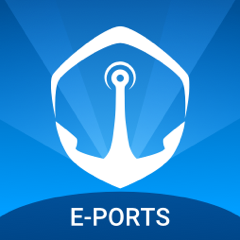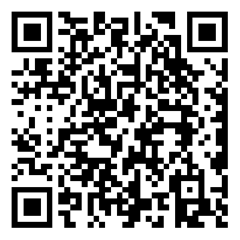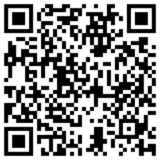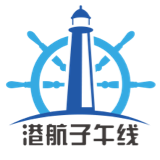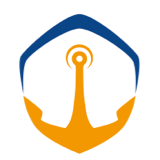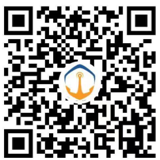Port Guide and Operational Information of Rotterdam Port
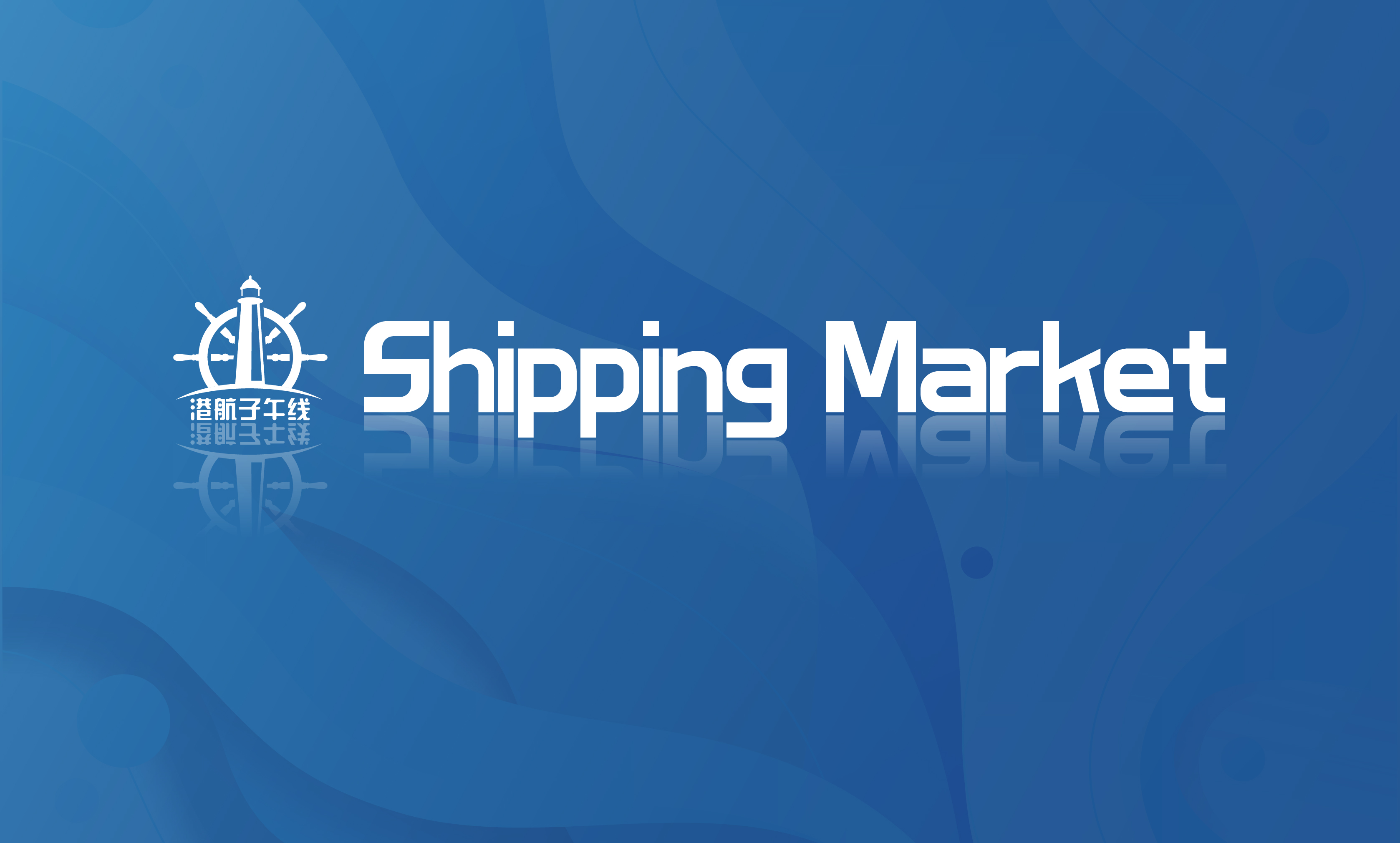
Position:
51°58 N 004° 04' E
Plans:
17 (see plan section)
UN/Locode:
NLRTM
Also see Schiedam and Vlaardingen
OVERVIEW:
Large multipurpose port and Europe's largest container port, with excellent inland connections by water, road, rail and pipeline.
LOCATION:
32 n.m. south of Amsterdam, on the Nieuwe Waterweg and Nieuwe Maas.
CHARTS:
Netherlands Charts No.122, 207, 208, 1035, 1630 and 1809 www.hydro.nl
BA Charts No.1122 207.208 and 209
Nautical Publications:
BA Dover Strait Piot, NP 28.
PORT LIMITS:
Port of Rotterdam AutDOCUMENTS:
On entering the Netherlands territory (12 n.m. zone), vessel must immediately forward to Immigration
Crew List (IMO FAL Form 5)
Passenger List (IMO FAL Form 6)
the presence of any stowaways.
A copy of IMO FAL Forms 5 and 6 should be available whilst vessel is alongside for possible inspection by Seaport Police officials.
F The following forms must be made available on arrival for all vessels:
Bill(s) of Lading
Grew Effects Declaration (MO FAL Form 4)
Stores Declaration (IMO FAL Form 3)
Inspections:
Vessel could be subject to inspection by inspectors of the Transport and Environmental Safety Department or Port State Control. Because port operations take place around the clock, these inspections take place during the day and night. As such, it is advisable that the following documents and certificates are available at all times.
The following documents must be made available on arrival for breakbulk and
bulk carriers
Dangerous Goods Manifest (and detailed arrival and departure stowage plans)
Document of Compliance (with respect to dangerous goods)
Document regarding fumigant used to fumigate bulk cargoes
Garbage Record Book
IOPP
Oil Record Book (Part 1)
SOPEP
The following documents must be made available on arrival for oil chemical gas tankers
Bill(s) of Lading
Cargo Record Book
Certificate of Fitness(chemical/gas,including product list)
Garbage Record Book
Material Safety Datasheet (s)
oil Record Book (Parts 1 and 2)
Procedures and Arrangements Manual
Safety Checklist of Port of Rotterdam
Shipboard Marine Pollution Emergeny plan
Shipping document for bulk liquid cargoes
SOPEP
Stowage Plans (rival and departure)
Also see”Pre-Arrival information”.
ISPS COMPLIANCE: Port is compliant, The Rotterdam port area has about
140 port facilities, each with its own PFSO.A list of ISPS compliant port facilities and PFSO details can be found at www portofrotterdam.com
PFSO: See www.portofrotterdam.com
CSI: Operational
MAX. SIZE: Anchorage: Depth 28.5m
Channel: Depth 22.0m
Containers: Depth 20.0 m.
RO-RO: Depth 15.6 m.
Bulk: Depth 22.6 m.
Tankers: Depth 22.6 m.
Gas: Depth 13.5m
DENSITY: Europoort: 1012- 1025 (LW-HW).
Botlek: 1000- 1020 (LW- HW).
Waalhaven and Other Basins: 1000 approx. (LW-HW depending 0n the amount of fresh water flowing down the river).
RESTRICTIONS: Speed: Container vessels with destination Waalhaven,sailing on Nieuwe Maas between Km. 1014 and 1004 have maximum speed 5-6 knots, due to squat effect. There are no other speed restrictions in force.
Entry Times: Depend on prevailing circumstances. Most harbours in Rotterdam can be entered at any time during day and night; there is sometimes a draft/tidal window for Waalhaven.
Europoort- Tankers: Draft up to 22.55 m. (SW); some berths have tide restrictions.
Vessels with draft 17.37 m. (SW) or, more and/or. LOA 250 m. or more ale
considered as large vessels and should manoeuvre with extreme caution.
On entering Europoort, tugs are made fast just inside the breakwaters.times tug's hawsers must be used, The time at which deeply loaded vessels destined for Europoort enter the Nieuwe Waterweg depends on the prevailing circumstances and is always subject to agreements made between the Pilot Service and the Harbour Master.
Botlek and 3rd Petroleumharbour:Max. draft 13.50 m. (SW),13.80m.(SW) in certain conditions. Vessels exceeding LOA 220 m. and/or drafts greater than 10.10 m. are tide-bound.
Waalhaven: Vessels wih draft 1.000 m. (SW), or LOA from 200-245m.Are tide-bound.
Maas Left Bank:For basins on the left bank of the river Maas,including Maashaven and Rijnhaven,vessel with sufficient UKC and length 180m,or more are generally tide-bound.
Large Vessels: Vessels of draft 17.37 -22 55 m. must use the approach channels Eurogeul and Maasgeul.
Dangerous Goods: Regulations are based on several Government laws and Municipal byelaws.
On board inspections may be carried out by municipal or government inspectors.
For detailed information, the following Regulation should be consulted: Rotterdam
Port Byelaws (Havenverordening Rotterdam and Regulations for the Carriage of Dangerous Substances in Sea-Going Vessels.WBJN 24422,10 July 1985 (Reglement Vervoer Gevaarlijke Stoffen met Zeeschepen)."
Notiffication on Arrival:
Masters of vessels carrying:
a) dangerous goods of IMO Class 1 and 5.2
b) more than 1,000 kg gross weight per substance of other IMO classes
c) dangerous substances in bulk
should report these commodities to the Harbour Master Rotterdam by Electronic Data Interchange (EDI) through Agent on departure from the port of loading or, at the latest, on entering Dutch territorial waters.
Signals: Vessels carrying dangerous cargo should display flag“B”by day or one all-round red light by night.
Explosives: There is a restriction on the carriage of explosives by ships,dependent on type, quantity and stowage of the explosives. Permission to deliver explosives is given by the Minister of Transport. Masters are advised to make sure such permission has been granted.
Berthing: Tankers carrying dangerous cargoes are required to berth in such a way that they can depart from a port basin by sailing ahead. If this is not possible,this should be reported to Harbour Coordination Centre.
Dangerous Cargo List: Dangerous Cargo List must be submitted to the Harbour Master (see“Authority"), stating the correct technical names, IMO class,gross quantities and the stowage of these materials. An identical copy must be retained on board.
Operational Notice: Masters of vessels showing the signals as mentioned above shall give notice to“Maas Approach" on VHF Channel 1 on arrival.
This notice shall be given at least half an hour but not more than 1 hour before the ship enters the Rotterdam Waterway area. Upon departure: on VHF Channel 13 to the Regional Traffic Centre.
This notice shall contain: Ship's name, position, destination and expected time needed for passage in the port area.
When visibility is less than 500 m., ships are prohibited from navigating the Rotterdam Waterway, unless permission has been obtained from "Regional Traffic Centre" on VHF Channel 13. Navigation on the Rotterdam Waterway might be
prohibited if circumstances make it necessary.
OBO: Combination carriers must, as per Rotterdam Port Byelaws, comply with the following regulations when calling to load or discharge dry cargo:
a) the dry cargo holds may not contain combustible on remnant liquid
b) the spaces adjacent to the dry cargo holds may not contain combustible or remnant liquids 0 must be gas free or must contain an inert gas under positive pressure
c) slops or previously carriers oil cargoes may not be stowed adjacent to a dry cargo hold and these spaces must contain an inert gas.
At east 24 hours before arrival the following information must be sent to Harbour Master by fax or email
a) the nature of the dry cargo
b) nature of operation (loading or discharging
c) where loading or discharging will take place
d) the chemical or technical name of the last liquid cargo
e) the date of discharging of the last liquid cargo
f) the stowage of the Cargo residues of combustible liquids
g) description of the atmosphere above the cargo residues referred to in f)
h) description of the atmosphere of all other spaces.
in case of repairs, tank cleaning or delivery of slops,a combination carrier is considered to be a tank vessel and should comply with the regulations applicable to this kind of ship.
Fog: Whenever visibility decreases to less than 700 m. on any part of the intended sailing route, pilotage may be compulsory for Pilotage Exemption Certificate holders.
When, in a part of the Rotterdam area, visibility decreases to less than 500 m.,the Department of Vessel Traffic and Operations will enforce the following rules:
a) visibility from 200- 500 m. if the ship requires tugs, the Department of Vessel Traffic and Operations will consult the Pilot Association and tugboat companies as to whether the ship can sail
b) visibility less than 200 m.: the Department of Vessel Traffic and Operations will always contact the Pilot as to whether the ship can sail
c) vessels of 17.40- 22.55 m. draft are prohibited from entering the port if visibility in the Europort area is less than 500 m.
Traffic guidance is supplied by VTS when visibility is less than 1,000 m. on the river or less than 2,000 m. in the approach area and Europoort.
Anti-Flood Barriers: An anti-flood barrier has been constructed across Nieuwe Waterweg, at 51975.3 N, 004° 09.6' E, approx. 2 n.m. upstream from the conspicuous leading light (Iso R 6s) at Berghaven, near Km.1027. Width between the doors is 360 m. The anti-flood barrier will close when a water height of at least 3.0 m. NAP is predicted. Free passage is possible up to 2 hours before closure. Another anti-flood barier has been constructed across Hartel Canal. It closes at the same time as the one across Nieuwe Waterweg The Hartel barrier made possible to open Beerdam, making an excellent connection with Maasvlakte for inland container vessels.
